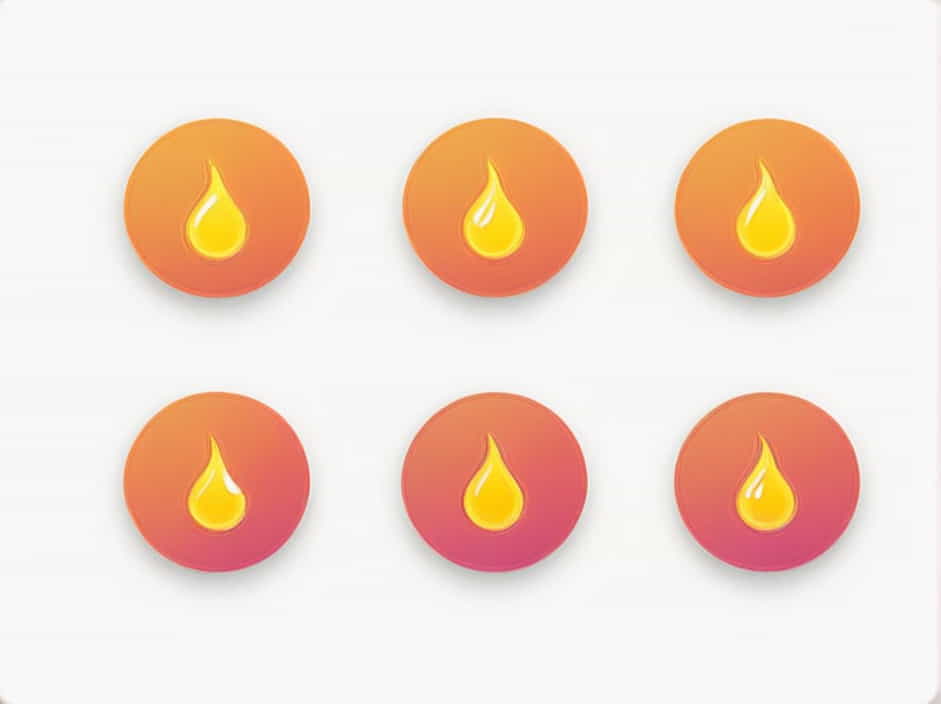The specific heat of water is one of its most important physical properties. It plays a crucial role in climate regulation, industrial processes, and biological functions. Water has a high specific heat capacity, meaning it can absorb and store large amounts of heat before experiencing a temperature change.
In this topic, we will explore what specific heat is, why water has a high specific heat, and its significance in nature and technology.
What Is Specific Heat?
Definition of Specific Heat
Specific heat capacity (C) is the amount of heat energy required to raise the temperature of one gram of a substance by one degree Celsius (°C).
The formula for specific heat is:
where:
✔ q = heat energy (Joules)
✔ m = mass (grams)
✔ c = specific heat capacity (J/g°C)
✔ ΔT = temperature change (°C)
The Specific Heat of Water
Water has a specific heat capacity of 4.18 J/g°C. This means 4.18 Joules of heat energy are needed to raise the temperature of 1 gram of water by 1°C.
This value is higher than most other substances, making water an excellent heat buffer.
Why Does Water Have a High Specific Heat?
1. Hydrogen Bonding
✔ Water molecules are held together by hydrogen bonds.
✔ These bonds absorb and store heat energy, slowing down temperature changes.
2. Molecular Structure
✔ Water is a polar molecule, meaning it interacts strongly with other molecules.
✔ This increases the energy required to change its temperature.
3. High Heat Storage Capacity
✔ Water can store large amounts of heat without becoming excessively hot.
✔ This makes it an ideal substance for regulating temperature.
Comparison of Specific Heat Values
| Substance | Specific Heat (J/g°C) |
|---|---|
| Water | 4.18 |
| Ice | 2.09 |
| Steam | 2.00 |
| Aluminum | 0.90 |
| Iron | 0.45 |
| Sand | 0.84 |
| Copper | 0.39 |
Water’s specific heat is much higher than metals and other common materials, which is why it takes longer to heat up and cool down.
How Does Water’s Specific Heat Affect the Environment?
1. Climate Regulation
✔ Water bodies (oceans, lakes, rivers) absorb heat during the day and release it at night.
✔ This stabilizes global temperatures, reducing extreme heat and cold fluctuations.
2. Weather Patterns
✔ Large water bodies influence rainfall, hurricanes, and seasonal temperatures.
✔ The ocean’s high heat capacity delays seasonal temperature changes.
3. Heat Distribution in Ecosystems
✔ Aquatic environments remain habitable for marine life.
✔ Water’s high specific heat prevents drastic temperature swings in lakes and oceans.
How Does Water’s Specific Heat Affect Daily Life?
1. Cooking and Food Preparation
✔ Water takes longer to boil and cool, making it useful for cooking.
✔ Soups, stews, and sauces retain heat due to water’s thermal properties.
2. Home Heating and Cooling
✔ Water is used in radiators and heating systems because it retains heat.
✔ Air conditioning units use water-based cooling systems for temperature regulation.
3. Agriculture and Irrigation
✔ Water in soil moderates temperature, protecting plant roots from extreme heat or cold.
✔ Irrigation systems benefit from water’s ability to store and distribute heat.
4. Human Body Temperature Regulation
✔ The human body is 60% water, which helps maintain a stable temperature.
✔ Sweating cools the body because water absorbs heat before evaporating.
Industrial Applications of Water’s Specific Heat
1. Power Plants
✔ Water is used in steam turbines to generate electricity.
✔ Thermal power plants rely on water to absorb and transfer heat.
2. Manufacturing and Chemical Processing
✔ Factories use water to cool machinery and prevent overheating.
✔ Water is a crucial component in chemical reactions and product cooling.
3. Automotive Cooling Systems
✔ Car engines use water-based coolant to regulate temperature.
✔ Prevents engines from overheating or freezing.
Heat Transfer in Water: Conduction, Convection, and Radiation
1. Conduction
✔ Heat spreads through direct contact between water molecules.
✔ Example: A metal spoon placed in hot water gets warm due to conduction.
2. Convection
✔ Heat moves in currents within the water.
✔ Example: Boiling water circulates as hot water rises and cooler water sinks.
3. Radiation
✔ Water absorbs heat energy from sunlight.
✔ Example: Ocean water warms up during the day and releases heat at night.
The Role of Water’s Specific Heat in Space Exploration
✔ Water is used as a temperature regulator in space missions.
✔ NASA’s spacecraft use water-based cooling systems to protect astronauts.
✔ The Moon and Mars lack large water bodies, leading to extreme temperature variations.
How to Calculate Heat Absorption Using Specific Heat
To determine how much heat water absorbs, use the formula:
✔ Example Problem:
How much heat is needed to raise 500 grams of water from 20°C to 80°C?
✔ Solution:
✔ Answer: 125.4 kJ of heat energy is needed.
Water’s Specific Heat and Energy Efficiency
✔ Water-based heating systems save energy by retaining heat longer.
✔ Solar water heaters use water’s heat capacity for efficient energy use.
✔ Geothermal energy systems utilize water to store and transfer heat.
The specific heat of water is 4.18 J/g°C, making it one of the most heat-absorbent substances. This unique property helps regulate climate, maintain ecosystems, and support industrial applications.
Water’s ability to store heat is crucial in power generation, home heating, and space exploration. Understanding its thermal properties allows for better energy management and environmental conservation.
